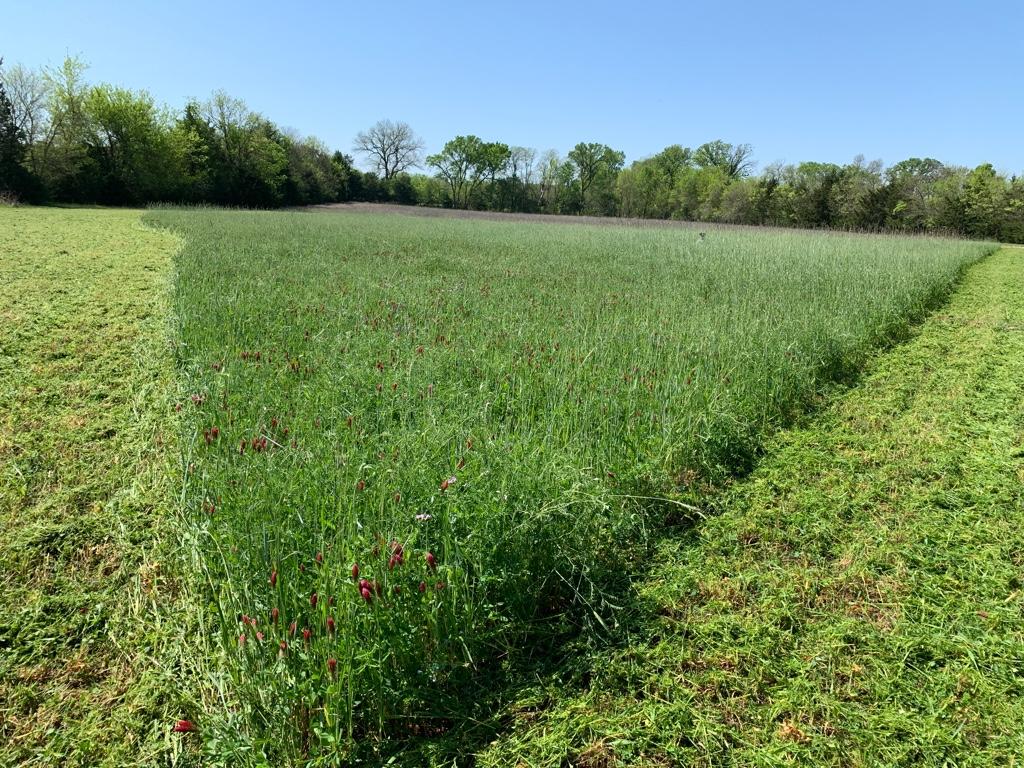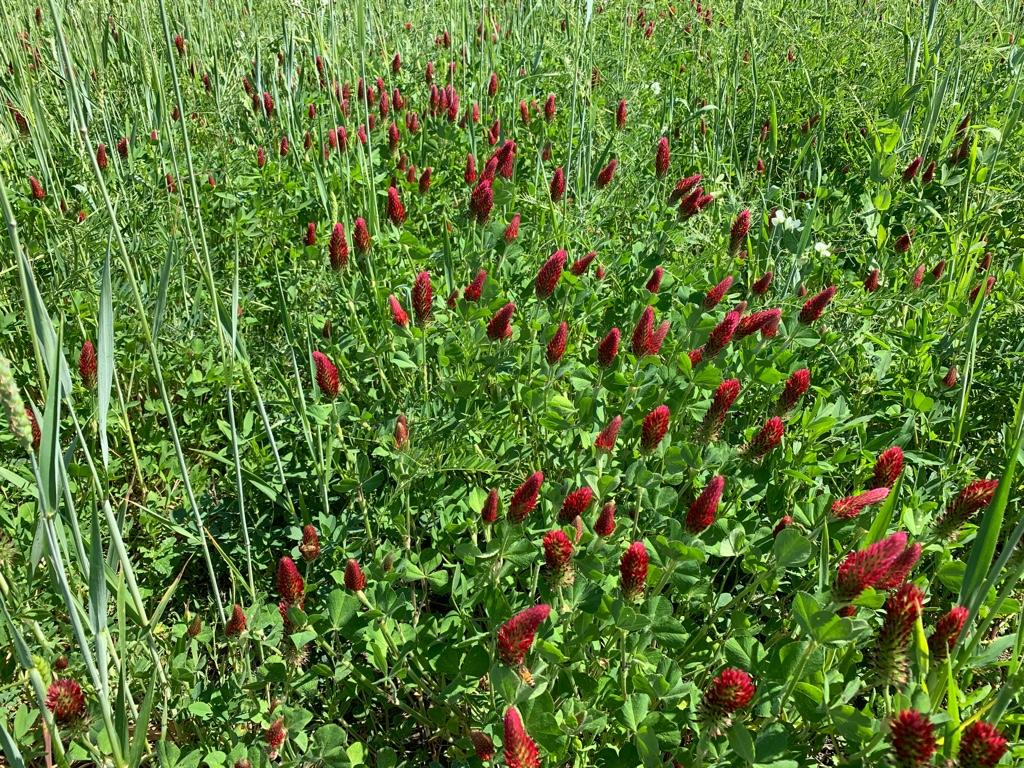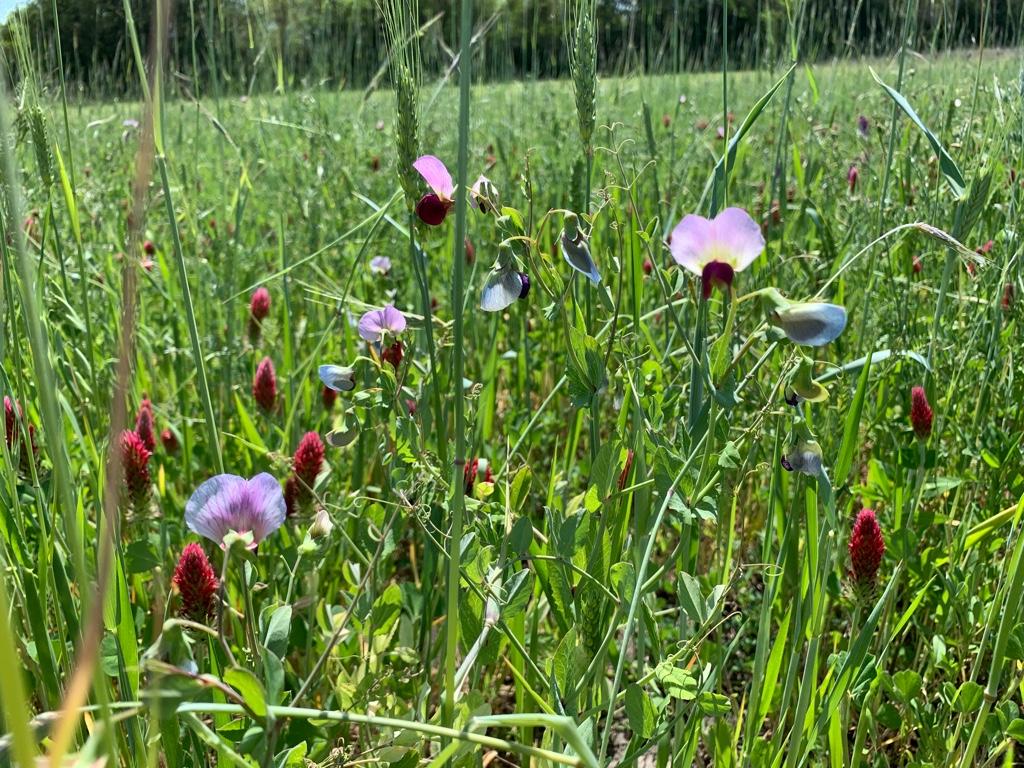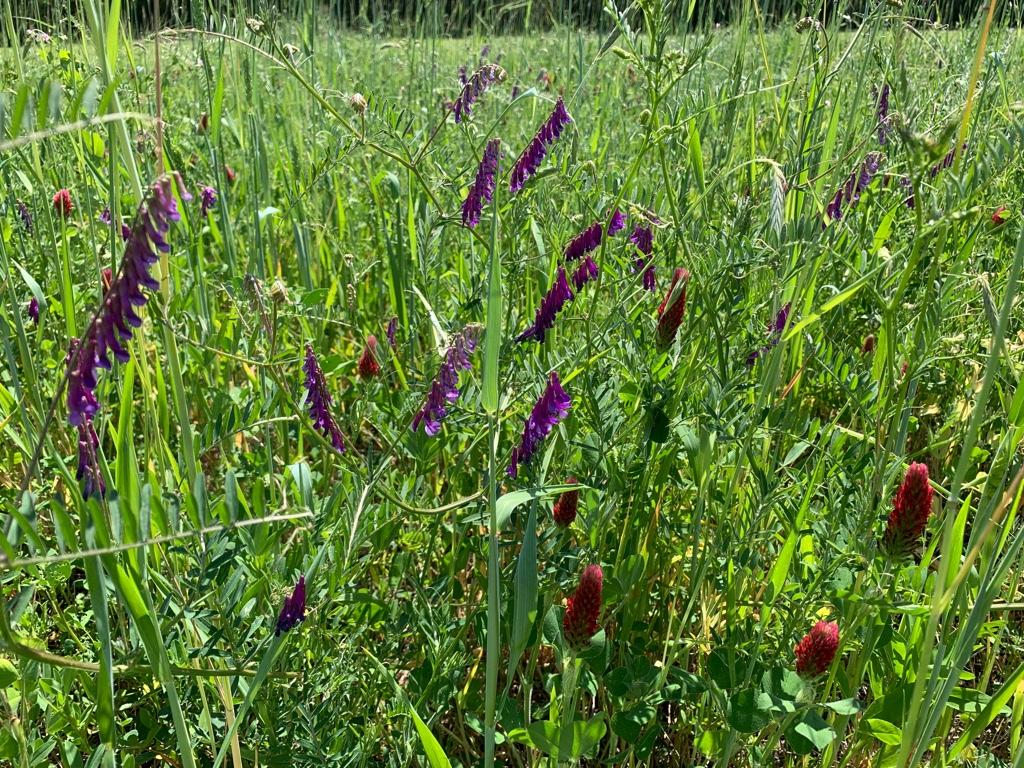I always find it interesting how many approaches to TnM work for different people in different areas. I've been doing different experiments with TnM since the mid to late 90's. I've done many side by side comparisons between standing, mowed, and packed thatch. I've had the best germination (almost every time) with mowing, then standing, and lastly rolling. To be honest I haven't used a roller or packer for a couple of year and likely won't again, but you never know.
Jack mentions that the thatch just needs to be thick enough to get germination, then the thatch is free to decompose. Where I'm at a fall planting may germinate with a rain event, then have a month of hot 90+ degree's dry days. Thin thatch is a death sentence for that planting.
Kind of a general comment here; I know it can be confusing for newbies, but understand that what works for one area isn't the greatest for another. That's why there is some conflicting info on this thread. Follow some basic principles and make it work for you. Once you sit back and study things a little an approach will stick out to you and make sense.
Exactly. I have ground on my 300 acres that is in the bottoms and on a 200 ft ridge top. The ridge tops are just pure and simple a no go for tnm - I have never had a successfully attempt. I am not saying if I tried ten times, they would all be failures, but after three or four attempts, you realize your time, effort, and money is wasted. Now, If you just like to tinker with that sort of thing, that is different and fine. Then, I have bottom ground - much more likely to succeed at TNM - but that all gets down to if I can get a tractor in there at the right time. In my experience, tnm is more time sensitive. The success of a tnm is more dependent on timely rains, and quicker germination - and then there are hogs. My tnm plots, at best, are successful 33% of the time. My woods seeder plots are successful close to 100% of the time. If all I had was a mower and a hand crank spreader, I would be all over the tnm process and fight it tooth and nail. I have planted ten acres a year off a four wheeler in the past. I have planted 30 acres with a 28 hp tractor. Now, I have all kinds of equipment and I am more efficient at planting. I can set my seeder to disturb 50% of the ground, one inch deep - and plant an acre in 20 minutes. I destroy very little organic matter. I can plant thirty or forty acres in a few days. I get almost 100% success on my planting. But, if I had a four wheeler, a riding lawnmower, and a hand crank spreader - I would dang sure be trying to perfect the tnm method.





